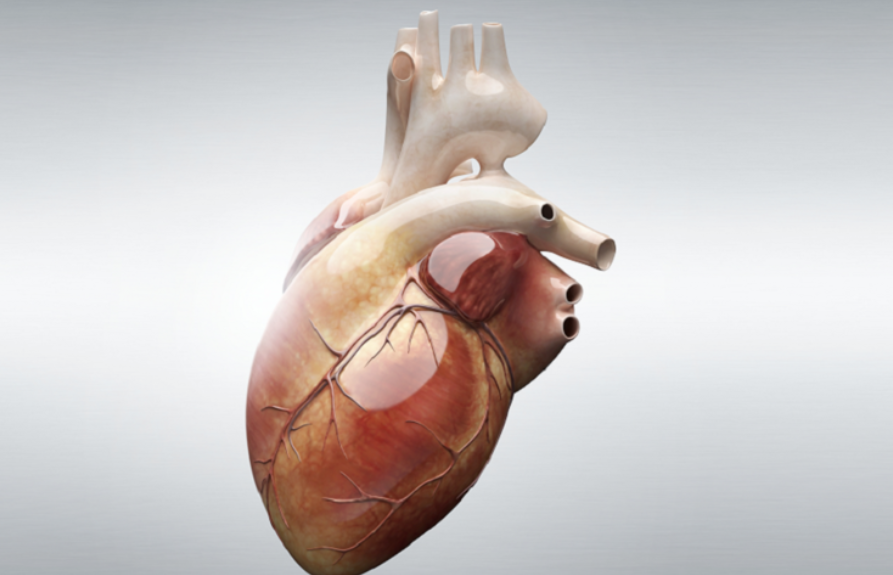We encounter rates or speeds often in daily life; for example, the rate at which this textbook was typed could be measured in words per minute. This rate is a measure of the change in words typed in the time period of a minute. Similarly, the rate of a chemical reaction is also a measure of change that occurs in a given time period:
Rate of reaction = [latex] frac{Change in Concentration}{Change in Time} [/latex]
For a chemical reaction, we can measure the change in concentration in terms of either the disappearance of starting material or the appearance of the product. For the hypothetical reaction: A + B → C, we can express the average rate of reaction as follows:
Rate of reaction = – [latex] frac{Delta [A]}{Delta t} [/latex] = – [latex] frac{Delta [B]}{Delta t} [/latex] = [latex] frac{Delta [C]}{Delta t} [/latex]
Notice that a negative sign is included when expressing reaction rates with respect to the disappearance of starting materials. Reaction rates are always positive, so the decrease in concentration must be corrected for.
When the stoichiometric relationships in the balanced equation are not 1:1, the coefficient for each species must also be corrected for. In the hypothetical reaction 2 A + B → 3 C, two molecules of A are consumed for every one molecule of B, this means A is consumed twice as fast. To correct for this and express the average rate of reaction for each species, we must divide each by its coefficient in the balanced equation:
Rate of reaction = – [latex] frac{1}{2}frac{Delta [A]}{Delta t} [/latex] = – [latex] frac{Delta [B]}{Delta t} [/latex] = [latex] frac{1}{3}frac{Delta [C]}{Delta t} [/latex]
Example 1
The decomposition of dinitrogen pentoxide 2 N2O5(g) → 4 NO2(g) + O2(g) was performed in the lab and the rate of formation of NO2 was found to be 0.53 M/s.1. What was the rate of formation of O2(g)?
2. What was the rate of consumption N2O5(g)?
Solution
a. First determine the rate relationship between NO2(g) and O2(g) using the coefficients of the balanced equation:
Rate of reaction = [latex] frac{1}{4}frac{Delta [{NO}_2]}{Delta t} [/latex] = [latex] frac{Delta [O_2]}{Delta t} [/latex]
Next substitute in the given values and solve for the rate of formation of O2(g):
Rate of formation of O2(g) = (1/4) (0.53 M/s) = 0.13 M/s
b. First determine the rate relationship between NO2(g) and N2O5(g) using the coefficients of the balanced equation:
Rate of reaction = [latex] frac{1}{4} frac{Delta [{NO}_2]}{Delta t} [/latex] = – [latex] frac{1}{2} frac{Delta [{N_2O}_5]}{Delta t} [/latex]
Next substitute the given values and solve for the rate of consumption of N2O5(g):
–[latex] (frac{1}{2} [/latex]) rate of consumption of N2O5(g) = –[latex] (frac{1}{4} [/latex]) rate of formation NO2(g)
Rate of consumption of N2O5(g) = –[latex] frac{2}{4} [/latex] (0.53 M/s) = 0.27 M/s
















